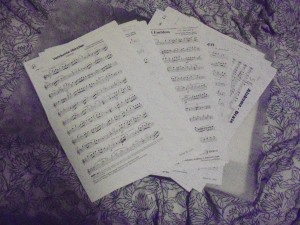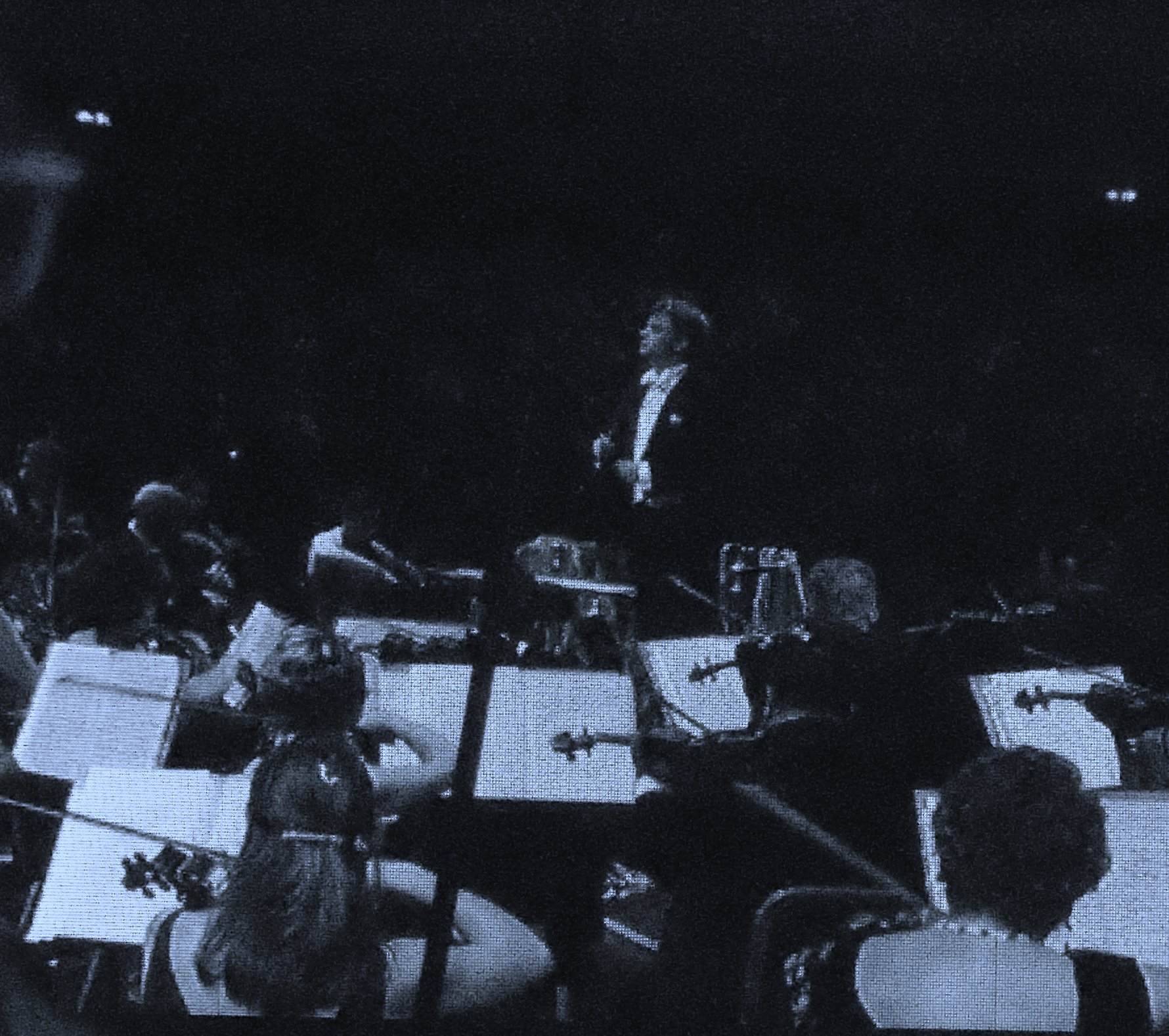So, in my intercultural communications class, we were recently presented a model with which to examine culture that focuses on metaphors. The metaphors are meant to roughly explain the culture as a whole, not necessarily the actions of individual people. Which made me ask myself if culture is really something that can exist in an individual, or if it only really exists in a collective instance, but I will get back to explaining the model and its application to German culture specifically.
The orchestra is the specific metaphor that relates to German culture. This has to do with the fact that the individuals within the orchestra operate seemingly independently of each other, yet work together to produce a common work (in this case, socially instead of musically). Each individual has to practice on their own, and there isn’t anyone who checks up to make sure that they are practicing enough. They have to learn how to judge for themselves whether or not they are doing a good enough job, and take personal responsibility to make sure that their portion of the end product is good enough for the group.
For me this metaphor made a lot of sense. There are a lot things in Germany that fit well into this metaphor. For instance, you do not need to buy a ticket in order to get onto the bus here (or at least within the confines of the city limits of Tübingen). Instead, each person is expected to buy a ticket either in advance or from the automat located in the entrance to the bus. A lot is left up to the honor system, but when seen through this metaphor, it sort of makes sense. Each person riding the bus is responsible for their own accountability to pay for a ticket, and because the people here are used to this accountability being put on them as individuals, so the system works and the buses can be sustained financially. The same goes for the cleaning schedule in my apartment. Although it merely hangs on the wall, the sense of personal accountability is what keeps my kitchen floor clean, not the paper itself. Just as the orchestra is the collective effort of individual muscians, the structures of German society such as the social system are made up of a collective decision towards individual accountability.

Like the importance of written word in German culture, music helps to guide a musician’s actions, but does not control them.
Another instance that comes to mind when I think of this accountability is the phenomenon of having your shoe untied. This has happened to me on many an occasion, since I tend to wear an old pair of lace-up boots around town. When walking down the street with an unfastened shoe, people tend to stop, or in passing alert you to the fact that you need to tie it. This is a bit strange, in a society where people tend to keep to themselves, but it is a form of individual accountability to another person.
Another way that the orchestra fits well into German culture is the idea of criticism. As an American living in Germany, I have often been warned not to get too easily insulted. This is because Germans are used to a direct style of talking and a culture that focuses on improvement where possible. This means that people in general, do not shy away from pointing out flaws, like a aforementioned shoe lace incident. In the U.S. it would seem like a bit of a breach of personal space to simply tell a stranger that their shoe is untied in passing, but the normality of critique in German culture makes it generally okay to point out things like this without social repercussions. This is similar to the constant critique that members of an orchestra receive from one another and the conductor.
Again, this model is not designed to describe the actions of an individual, but more of the collective structures and attitudes that are required for social interaction.
This metaphor was taken from the book Understanding Global Cultures: Metaphorical Journeys through 17 Countries by Martin J. Gannon.
In case you were wondering, the metaphor for American culture is an American football team, but perhaps for reasons you might not expect.
Bis bald!
Gannon, Martin J. Understanding Global Cultures: Metaphorical Journeys through 17 Countries. Thousand Oaks: Sage Publications, 1994. Print.

Leave a Reply